This week’s post is about 3 basic dry fly styles for mayflies. I recently wrote a blog about Parachute Flies and that got me thinking about the variety of fly styles available to the fly fisher to imitate the adult mayfly stage.
I thought it might be good to provide the options available with only one insect – a PMD.
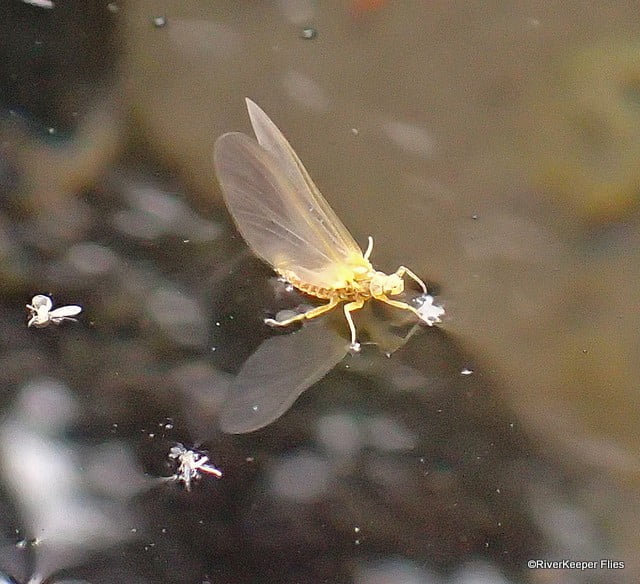
I love fishing mayfly dry flies. In fact, I was fishing my home waters the other day and couldn’t believe the prolific hatch and wide variety of mayflies…Pale Morning Duns (PMDs), Green Drakes and Flavs, Blue Wing Olives (BWOs), Mahogany Duns, and Pale Evening Duns (PEDs). I think that’s why I really enjoy dry fly fishing so I can watch noses rise or heads come out of the water and hopefully eat my imitation.
You don’t need to be a fly tyer to appreciate the different dry fly styles available to you. Here are the styles you can tie for yourself or purchase at your local fly shop.
The 3 basic dry fly styles for mayflies are what I call the traditional, parachute, and Comparadun.
Traditional dry flies are where the hackle is tied around the hook and allows the fly to sit slightly off the water.
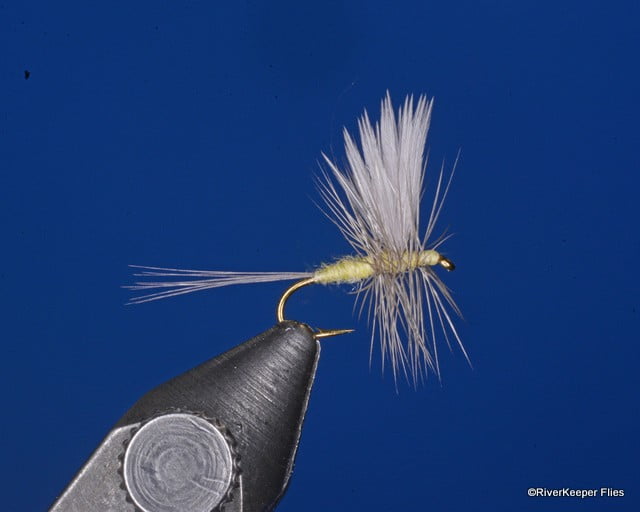
Parachute dry flies have hackle tied around some sort of post, which allows it to sit flush on the water’s surface.
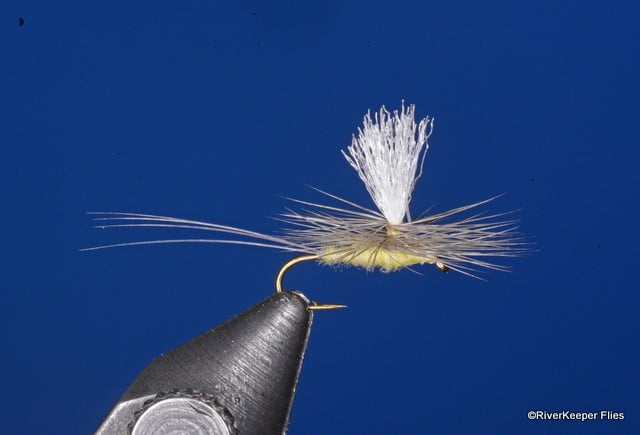
The Comparadun style utilizes deer hair to imitate the mayfly wing and doesn’t have any hackle at all.

Of course, the fly tyer can mix and match styles to incorporate hackle or substitute other materials from these basic dry fly styles. But I wanted to keep it simple to drive home this point.
Consider the water you fish to determine the style of dry fly to use.
Is one style wrong? No. It’s just that one style of dry fly may help you get better results and have the fly float longer.
Think about where trout see this fly – in fast, choppy water; on slicks; in eddies. So, what is the best fly style to use to trick the fish AND float the fly effectively so you and the fish can see it?
I believe traditional dry flies with hackle wound around the hook are most effective in fast, choppy water. The hackle tips keep the fly body off the water and are designed to provide flotation. If you see fish rising in this type of water, a traditional dry fly will float longer.
Parachute flies can also be effective in fast, choppy water. Hackle wound around a visible post (for the fly fisher) provides flotation. The downside of this style is it has a lower profile and may be more difficult for you to see when the fish strikes the fly. I like low profile flies as I believe it more naturally imitates the fly body sitting on the surface.
The last style of fly is the Comparadun. I really like this style for the slower and moderate flows because the fly is designed to sit flush with the surface and presents a natural profile for the fish.
Can you fish a Comparadun style in fast water? Sure. I’ve caught fish with them. I have found it works briefly, but I have problems with the fly floating effectively.
As a bonus, here is another style to imitate mayfly duns, the Hackle Stacker.
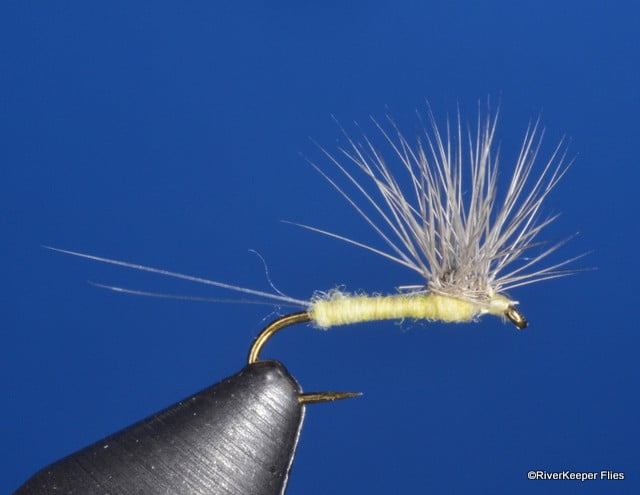
The Hackle Stacker style is a low profile fly where hackle is tied similar to the Comparadun style. The hackle provides flotation AND a wing profile.
Remember, these dry fly styles are only to imitate the dun stage of a mayfly. And they work. I fish a lot of emerger and cripple fly patterns because I believe fish are lazy and take more of these because they aren’t about to fly off the water like the dun.
For more information about mayflies, be sure to read Pale Morning Duns – PMDs.
My goal today was for you to think about the flies in your fly box and consider the 3 Basic Dry Fly Styles for Mayflies
Here is a brief video I created showing the 3 basic dry fly styles in water.
Enjoy…go fish!
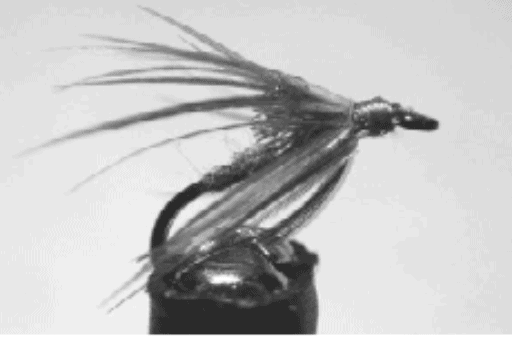
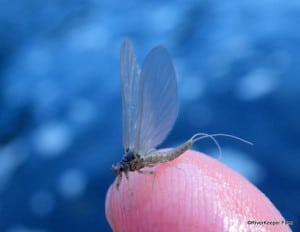



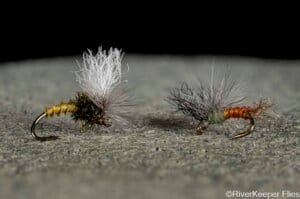
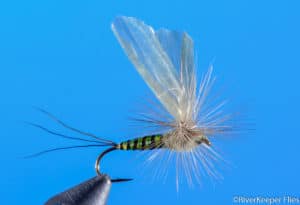
Great clarifying description for my needs- I’ve been a fly fisherman for 50+ years, never had a concise comparative explanation of these basic patterns before
I really enjoy reading your informative and entertaining blog posts John. I would describe them as highly valuable to all levels for fly fishers. Thanks for your efforts.
Hi John,
Great post AND loved the YouTube video. Good job! Take care & …
Tight Lines – Al Beatty